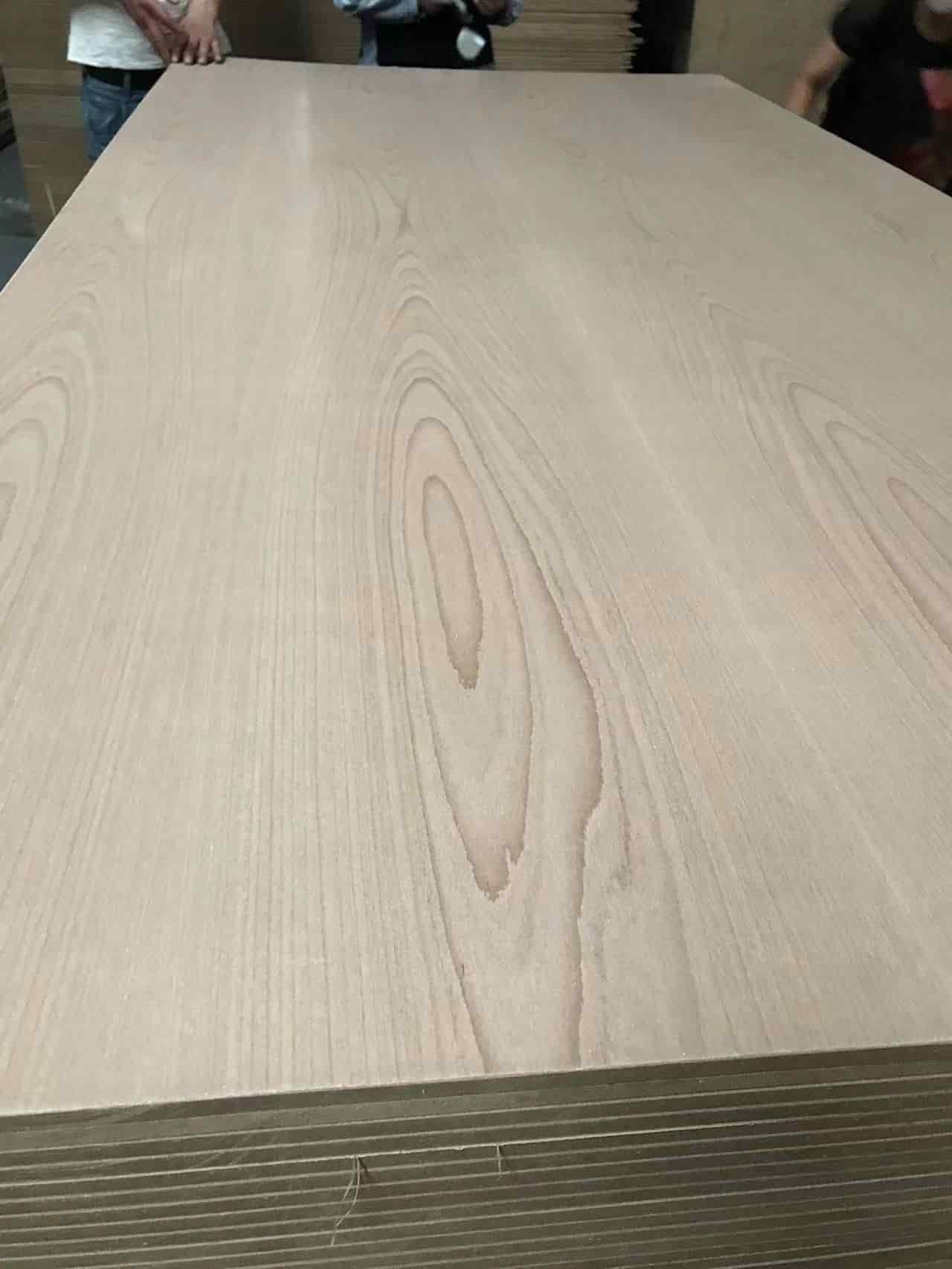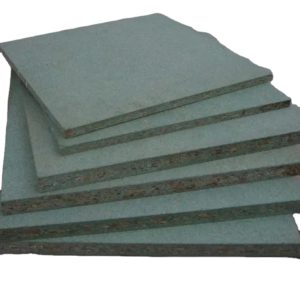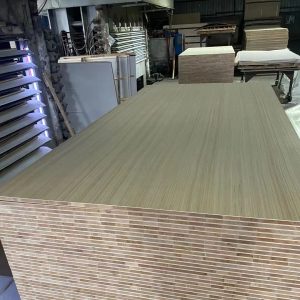## Wood Veneer Drying Out
Wood veneers are thin layers of wood that are typically used for surfacing materials in furniture, doors, and other decorative items. They add a touch of elegance and sophistication to any piece, making it more attractive and valuable. However, one common issue that people face when working with wood veneers is drying out. This article will explore the causes, effects, and solutions to this problem.
Drying out of wood veneers can occur due to various reasons such as low humidity levels, direct sunlight exposure, or improper storage conditions. When the moisture content in the wood decreases below its equilibrium moisture content (EMC), it starts losing its flexibility and strength, resulting in cracks, splits, and deformations. Moreover, dried-out veneer becomes brittle and prone to chipping, which reduces its aesthetic appeal and durability.

To prevent or mitigate the drying out of wood veneers, certain measures can be taken during their production and storage stages. For instance, using a high-quality adhesive that has good moisture resistance properties can help maintain the moisture content of the wood. Similarly, storing the veneers in a cool, dry place with controlled temperature and humidity levels can also help preserve their quality. Additionally, applying a protective coating or sealant on the surface of the wood can create a barrier against environmental factors that may cause drying out.
In cases where homemade wood veneers are being used, extra care should be taken to ensure proper handling and storage. Homemade wood veneers often lack the precision and consistency of commercially produced ones, making them more susceptible to damage from drying out. It is recommended to use fresh, green wood for making homemade veneers since they contain higher moisture content than seasoned wood. Furthermore, regular checks on the moisture content of the wood should be performed using a hygrometer to ensure that it remains within acceptable ranges.

Another aspect to consider when dealing with drying out of wood veneers is the type of underlying material used. Veneer of plywood, for example, has multiple layers of wood glued together, which creates a stable substrate for the veneer. This makes it less likely to warp or deform due to changes in moisture content. On the other hand, medium-density fibreboard (MDF) with walnut veneer may experience some issues related to drying out since MDF absorbs moisture differently than wood does. In such cases, it is essential to select appropriate adhesives and coatings that complement both the veneer and the substrate materials.
Lastly, veneer laminate boards offer an alternative solution to traditional wood veneers while still providing the same aesthetic benefits. These boards consist of a core made of particleboard or fiberboard covered by a thin layer of decorative paper impregnated with resin. The resin helps protect the paper from drying out and provides additional strength and stability to the board. However, even with veneer laminate boards, proper handling and storage practices should still be followed to prevent any potential problems related to drying out.

In conclusion, drying out of wood veneers is a common issue that can negatively impact their appearance and functionality. By understanding the causes and effects of drying out, as well as implementing appropriate preventive measures such as proper storage, selection of suitable adhesives and coatings, and choosing appropriate substrate materials, one can effectively minimize this problem. Whether working with homemade wood veneers or commercial ones like veneer laminate boards, taking these steps will help ensure the longevity and beauty of your wooden creations.
















